Are you in search of a loyal and protective companion for your family? If so, you might want to consider the Spanish Mastiff breed. Known for their impressive size and strength, these dogs are fiercely loyal and protective of their owners. Originally bred to guard flocks of sheep in Spain, these dogs have a natural instinct to protect their loved ones. While they may seem intimidating at first glance, Spanish Mastiffs are known for their gentle and loving nature with their families. In this article, we’ll explore the characteristics of the Spanish Mastiff breed, their temperament, and what it takes to care for this magnificent dog.
Breed Category: Working
Country of Origin: Spain
Average Size:70-85 cm
Average Weight:50-70 kg
Average Life Span: 10-12 years
Grooming Requirements: Moderate
Exercise Requirements:Moderate to high
History and Origin
The Spanish Mastiff, also known as Mastín Español, is a large breed of dog that originated in Spain. This breed is known for its impressive size, strength, and loyalty. The history of the Spanish Mastiff can be traced back to ancient times, where it was used as a guardian and protector of livestock.
The Spanish Mastiff was originally bred to protect flocks of sheep from predators such as wolves and bears. The breed was developed in the mountainous regions of Spain, where it was necessary to have a dog that could withstand harsh weather conditions and protect the flock from wild animals. The Spanish Mastiff was also used as a guard dog for the estates of Spanish nobility.
The Spanish Mastiff is believed to have descended from the ancient Molosser dogs, which were used by the Romans as war dogs. The breed was also influenced by the Alano Espanol, a breed of dog that was used for hunting and fighting. The Spanish Mastiff was developed by crossing these two breeds, resulting in a dog that was both powerful and protective.
The Spanish Mastiff was recognized as a breed by the Spanish Kennel Club in 1946. The breed was also recognized by the Fédération Cynologique Internationale (FCI) in 1981. Today, the Spanish Mastiff is still used as a guardian of livestock, but it is also a popular companion dog.
The Spanish Mastiff is a large dog, with males weighing up to 220 pounds and females weighing up to 160 pounds. The breed has a thick, dense coat that is usually white or fawn in color. The Spanish Mastiff is known for its calm and gentle temperament, but it can be protective of its family and territory.
In Spain, the Spanish Mastiff is still used as a guardian of livestock, particularly sheep. The breed is also used as a search and rescue dog, due to its size and strength. The Spanish Mastiff is also a popular show dog, with many breeders working to preserve the breed’s characteristics and improve its health.
In conclusion, the Spanish Mastiff is a breed of dog that has a long and rich history in Spain. The breed was developed to protect flocks of sheep from predators, and it has since become a popular companion dog. The Spanish Mastiff is known for its size
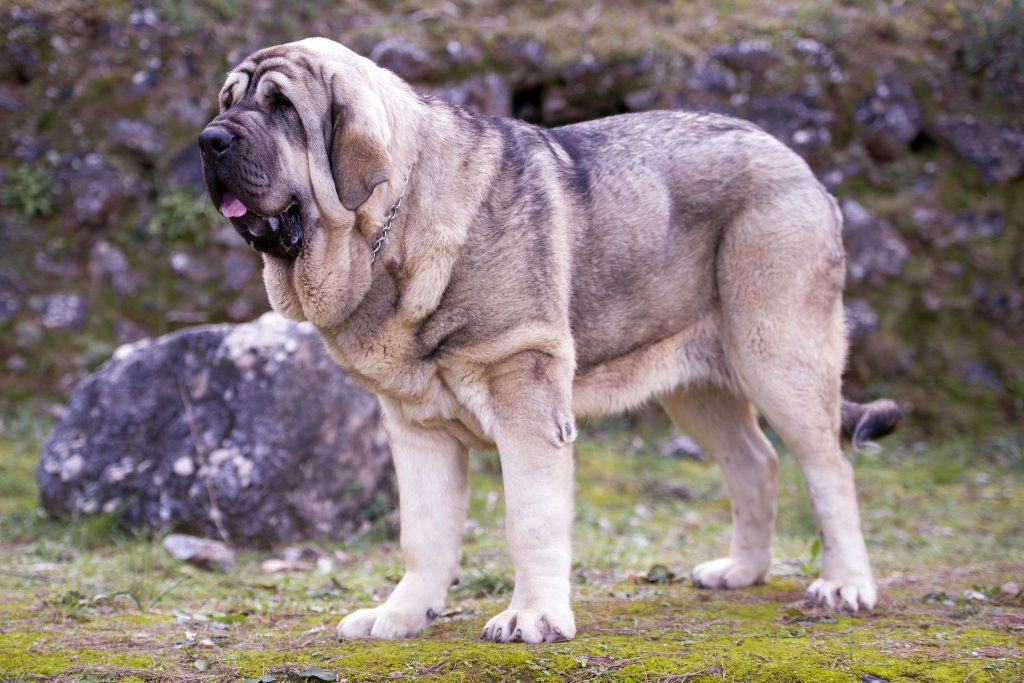
Size and Breed Category
The Spanish Mastiff is a large breed of dog that originated in Spain. They are classified as a giant breed, with males typically weighing between 50-70 kg and standing at a height of 77-86 cm at the shoulder. Females are slightly smaller, weighing between 40-60 kg and standing at a height of 72-82 cm at the shoulder. Their coat is thick and dense, with a rough texture that provides protection from the elements. The coat can be a variety of colours, including fawn, brindle, black, and wolf grey. The breed is known for its impressive size and strength, making them excellent guard dogs and protectors of livestock.
The Spanish Mastiff is a member of the working group of dogs and is known for its loyalty and protective nature. They were originally bred to protect flocks of sheep from predators, and their size and strength make them well-suited for this task. The breed is also known for its calm and gentle temperament, making them excellent family pets. However, due to their size and protective nature, they require a firm and experienced owner who can provide them with proper training and socialisation. The Spanish Mastiff is a unique and impressive breed that is well-suited for those who are looking for a loyal and protective companion.
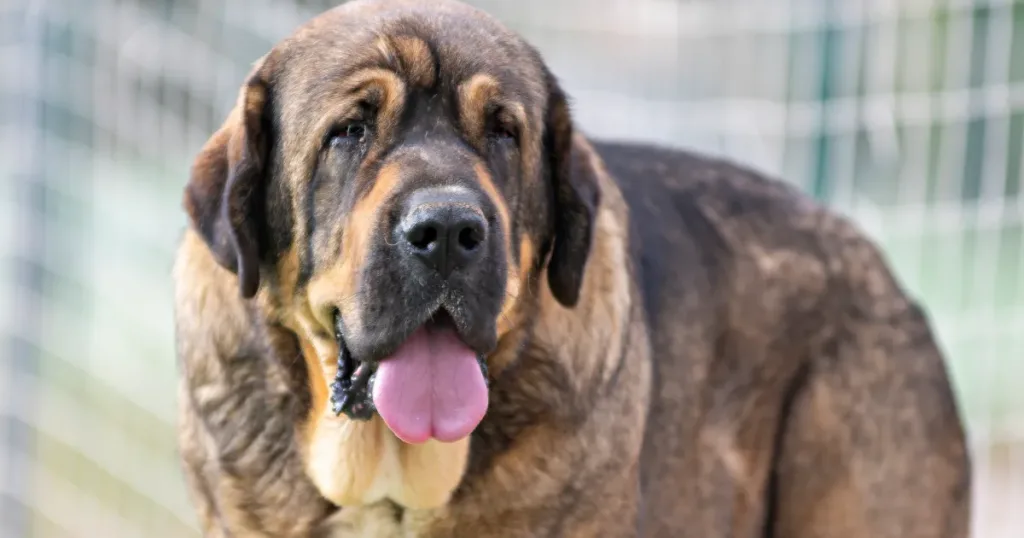
Fur Length and Colour
The fur of the Spanish Mastiff is typically long and thick, providing excellent protection against the harsh weather conditions of its native region. The fur is also coarse and slightly wavy, giving the dog a rugged and imposing appearance. The most common colours of the Spanish Mastiff’s fur are fawn, black, and brindle, with some dogs having white markings on their chest and feet. The fur on the dog’s head and legs is usually shorter than the rest of the body, giving the dog a distinctive look. The fur of the Spanish Mastiff requires regular grooming to prevent matting and tangling, and to keep the dog’s coat healthy and shiny.
The colour of the Spanish Mastiff’s fur can vary depending on the region and breeding. In some areas, the fur may be lighter or darker than the standard fawn or black, and some dogs may have a mix of colours in their coat. The brindle pattern is also common in the breed, with a mix of black and fawn hairs creating a striped effect. The fur of the Spanish Mastiff is an important part of the dog’s appearance and function, providing warmth and protection in the cold mountainous regions where the breed originated. The fur also adds to the dog’s imposing presence, making it an effective guardian and protector of its flock or family.
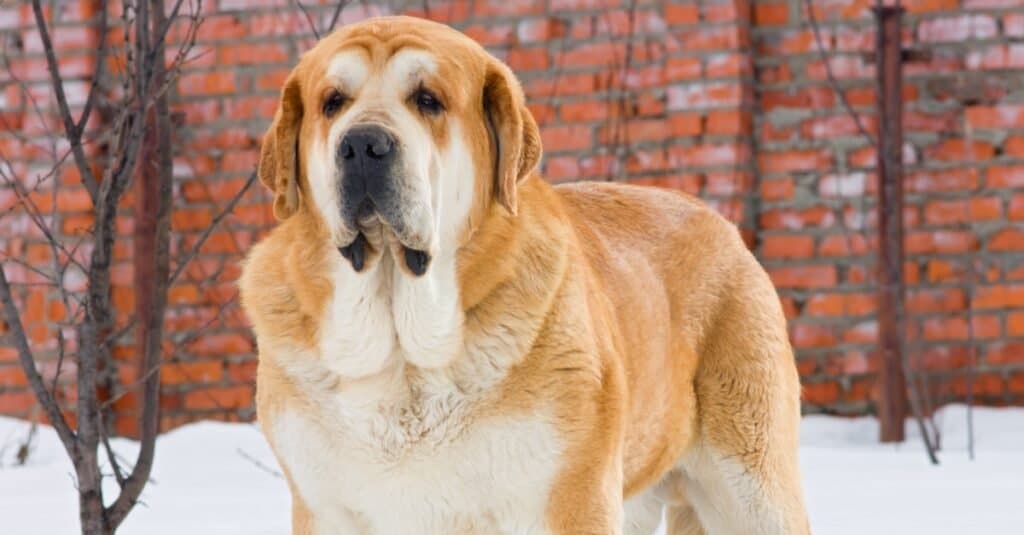
Termperament and Trainability
The Spanish Mastiff is a breed that is known for its calm and gentle temperament. They are typically very loyal to their owners and are protective of their family and property. However, they can be wary of strangers and may require proper socialization to prevent any aggressive behavior. Despite their large size, they are not overly active and are content with moderate exercise. They are also known for their patience and tolerance, making them a great choice for families with children.
In terms of trainability, the Spanish Mastiff can be a bit stubborn and independent. They are not a breed that will blindly follow commands and may require a firm and consistent approach to training. However, they are intelligent and can learn quickly with positive reinforcement techniques. It is important to start training and socialization at a young age to ensure that they grow up to be well-behaved and obedient. Overall, the Spanish Mastiff is a breed that requires a patient and experienced owner who can provide them with the proper training and socialization they need to thrive.
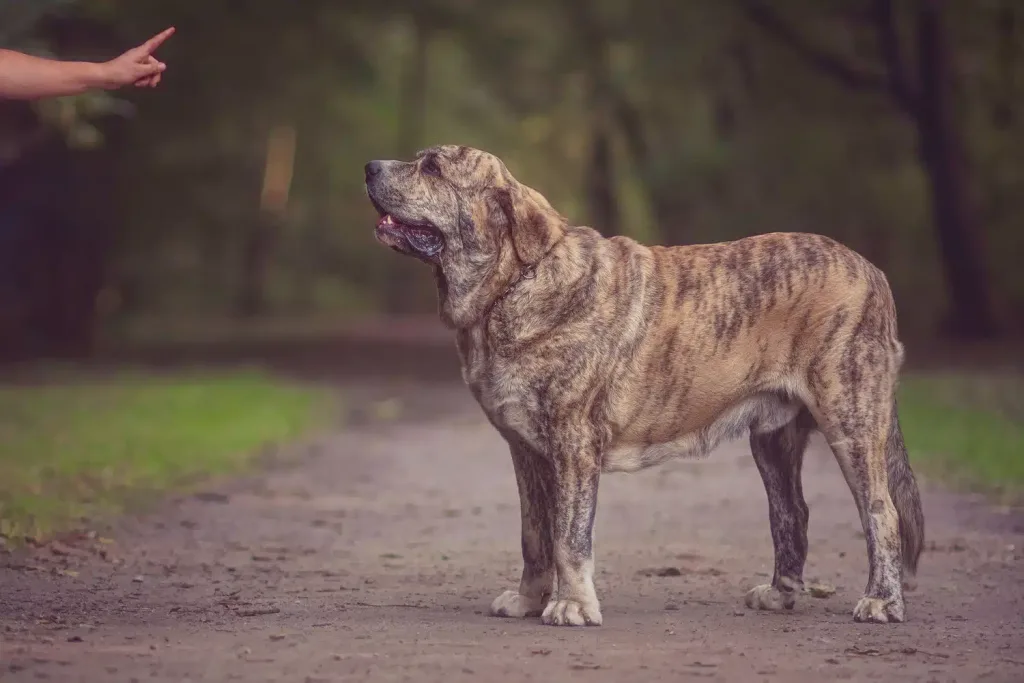
Known Health Conditions
The Spanish Mastiff is a breed of dog that is known to be prone to certain health conditions. One of the most common health issues that affect this breed is hip dysplasia. This condition occurs when the hip joint does not develop properly, leading to pain and discomfort for the dog. In severe cases, hip dysplasia can cause lameness and difficulty walking. To prevent this condition, it is important to ensure that the Spanish Mastiff is bred from parents with healthy hips and to provide them with a balanced diet and regular exercise.
Another health condition that can affect the Spanish Mastiff is bloat, also known as gastric torsion. This is a serious condition that occurs when the stomach fills with gas and twists on itself, cutting off blood flow to the organs. Bloat can be life-threatening and requires immediate veterinary attention. To reduce the risk of bloat, it is recommended to feed the Spanish Mastiff smaller, more frequent meals and to avoid exercising them immediately after eating. Additionally, it is important to monitor the dog for signs of bloat, such as restlessness, drooling, and a distended abdomen.
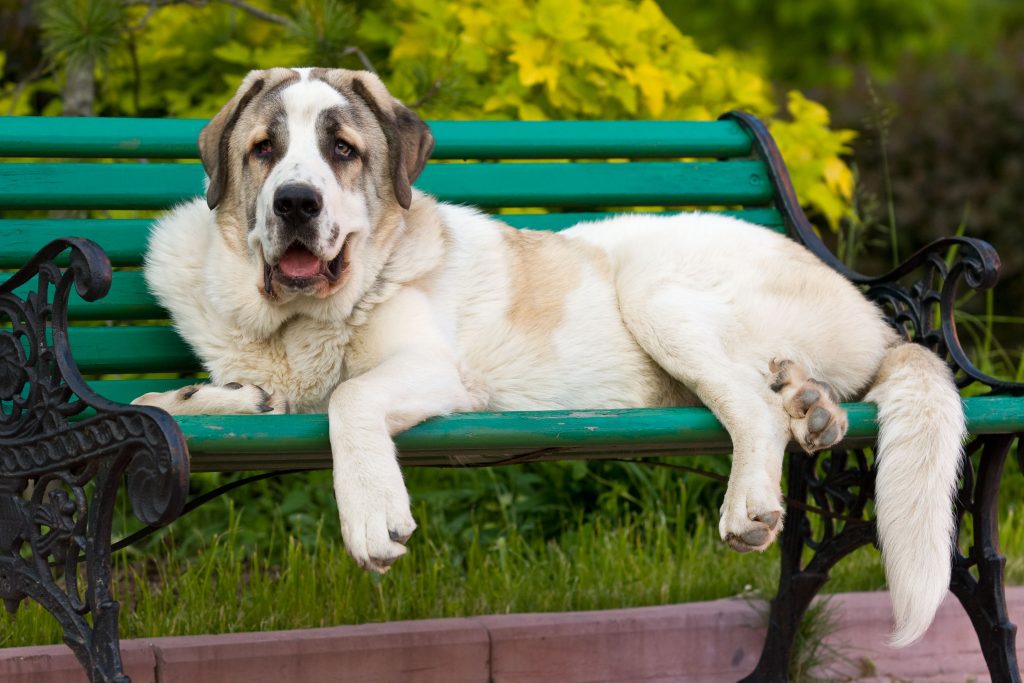
Openness to Strangers
Spanish Mastiffs are known for their friendly and welcoming nature towards strangers. They are a breed that is naturally inclined to be sociable and approachable, making them great companions for families and individuals alike. Their calm and gentle temperament allows them to interact well with people of all ages, making them a popular choice for households with children. Additionally, their loyalty and protective instincts make them excellent guard dogs, as they will not hesitate to defend their owners and their property when necessary. Overall, the Spanish Mastiff’s openness to strangers is a testament to their friendly and sociable nature, making them a beloved breed among dog owners.
Despite their large size, Spanish Mastiffs are known for their gentle and affectionate nature towards strangers. They are a breed that is naturally inclined to be calm and patient, making them great companions for those who are looking for a loyal and loving pet. Their friendly and welcoming demeanor allows them to interact well with other animals, making them a popular choice for households with multiple pets. Additionally, their intelligence and trainability make them easy to train, making them a great choice for first-time dog owners. Overall, the Spanish Mastiff’s openness to strangers is a testament to their gentle and affectionate nature, making them a beloved breed among dog owners.
Playfulness Level
The Spanish Mastiff is a highly playful breed of dog that loves to engage in various activities. They are known for their energetic nature and their love for playing with their owners. Whether it’s a game of fetch or a simple walk in the park, the Spanish Mastiff is always up for some fun. They are also highly social animals and enjoy the company of other dogs and humans alike. This makes them an ideal pet for families with children or other pets.
The Playfulness Level of the Spanish Mastiff is also reflected in their intelligence and trainability. They are quick learners and respond well to positive reinforcement training methods. This makes them easy to train and teach new tricks. They are also highly adaptable and can adjust to different living environments, whether it’s a small apartment or a large house with a yard. Overall, the Spanish Mastiff is a highly playful and intelligent breed of dog that makes a great companion for anyone looking for a fun-loving pet.
Suitability as a Pet for Children
Spanish Mastiffs have a calm and gentle temperament, making them a suitable pet for children. They are loyal and protective of their family, making them great watchdogs. They require regular exercise and a large living space, but are generally low maintenance in terms of grooming. As with any dog, early socialization and training is important to ensure they are well-behaved around children and other animals.
Exercise Needs
Spanish Mastiffs require a significant amount of exercise to maintain their physical and mental health. As a large breed, they need plenty of space to run and play, making them better suited to homes with large gardens or access to open spaces. A daily walk of at least an hour is recommended, but they will benefit from additional exercise such as hiking, swimming, or playing fetch. It is important to note that Spanish Mastiffs can be prone to joint problems, so care should be taken not to over-exercise them, particularly when they are young.
In addition to physical exercise, Spanish Mastiffs also require mental stimulation to prevent boredom and destructive behaviour. They are intelligent dogs that enjoy learning new things, so training sessions and interactive toys can be a great way to keep them mentally stimulated. Socialisation is also important for Spanish Mastiffs, as they can be wary of strangers and other dogs if not properly socialised from a young age. Regular trips to the park or dog-friendly events can help to expose them to new people and experiences, which will help them to become well-adjusted and confident adults.
Suitability for a Multi-Pet Family
Spanish Mastiffs have a reputation for being protective of their family and territory. They are known to be independent and strong-willed, which can sometimes lead to conflicts with other pets. However, with proper socialization and training, Spanish Mastiffs can learn to coexist peacefully with other animals in the household. It is important to introduce them to other pets gradually and supervise their interactions to ensure everyone’s safety.
Housing Requirements
Spanish Mastiffs require a spacious and secure living environment. They are a breed that needs plenty of room to move around and exercise. A large, fenced yard is ideal for them to roam freely and play. It is important to note that they are not suited for apartment living or small homes with limited outdoor space. They need a place where they can stretch their legs and burn off their energy. Additionally, their living quarters should be well-ventilated and provide adequate shelter from extreme weather conditions. A comfortable dog house or shelter is necessary to protect them from the elements.
In terms of sleeping arrangements, Spanish Mastiffs prefer a cozy and comfortable bed. They are a breed that enjoys sleeping indoors, close to their owners. A soft, cushioned bed is ideal for them to rest their large bodies. It is important to note that they shed heavily, so regular grooming and cleaning of their bedding is necessary. Additionally, they require plenty of fresh water and food, which should be provided in a clean and hygienic environment. Overall, Spanish Mastiffs require a spacious and comfortable living environment that meets their physical and emotional needs.
Summary
The Spanish Mastiff can be a suitable pet for experienced dog owners who have the space and time to dedicate to their care. They are known for their loyalty and protective nature, making them excellent guard dogs. However, they require early socialization and training to prevent aggression towards strangers and other animals. Additionally, their large size and high energy levels mean they need plenty of exercise and mental stimulation. Overall, the Spanish Mastiff can make a loving and devoted companion for the right owner.
Spanish Mastiff Dog FAQS
Spanish Mastiffs are generally healthy, but can be prone to hip dysplasia and bloat.
Spanish Mastiffs can get along with other pets if socialized properly from a young age.
Yes, Spanish Mastiffs have a thick coat and shed moderately throughout the year.
Spanish Mastiffs are a large breed and require moderate exercise, such as daily walks and playtime.
Spanish Mastiffs have a thick coat and require weekly brushing to prevent matting and tangling.
The recommended daily amount of food for a Spanish Mastiff is 4-6 cups of high-quality dog food.
A Spanish Mastiff can grow up to 77-88 cm in height.
Yes, Spanish Mastiffs are known for their loyalty and protective nature, making them great family pets.
The average weight of a Spanish Mastiff is between 50-70 kg.
The average lifespan of a Spanish Mastiff is between 10-12 years.
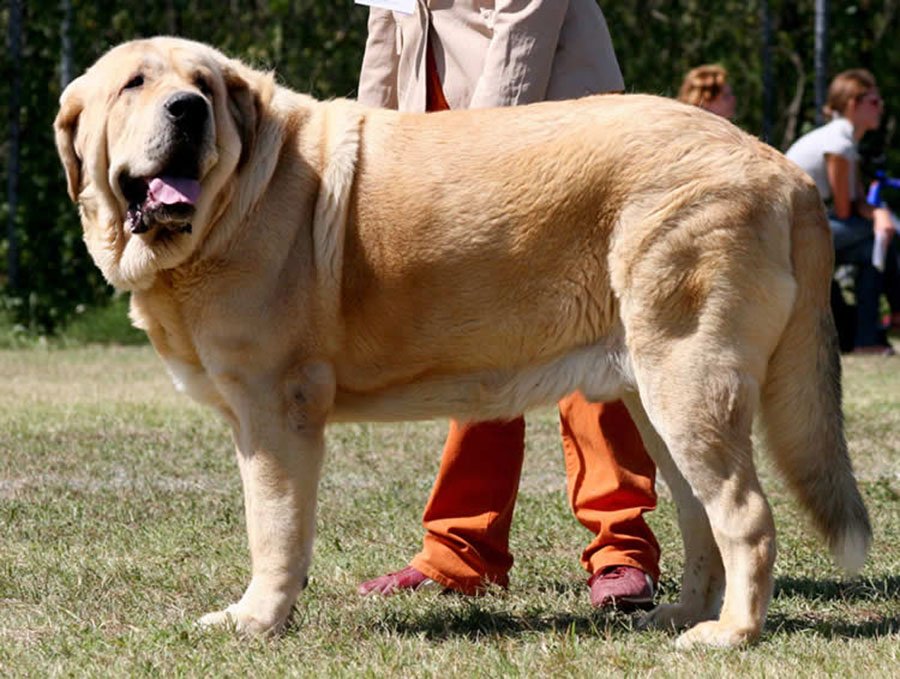
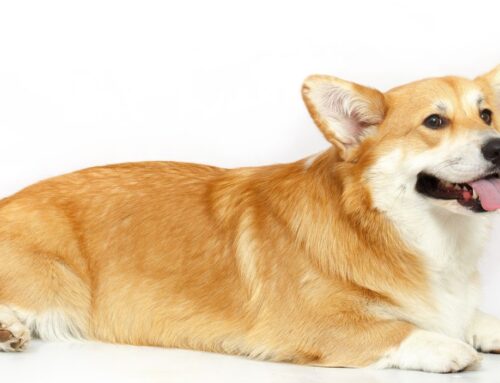

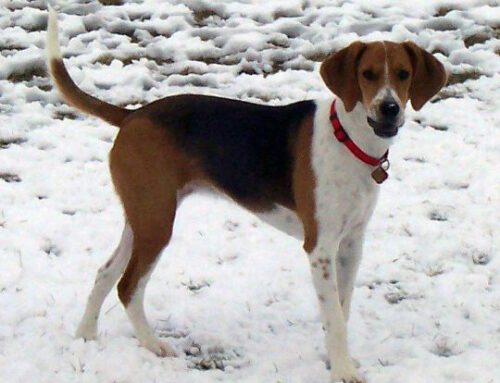
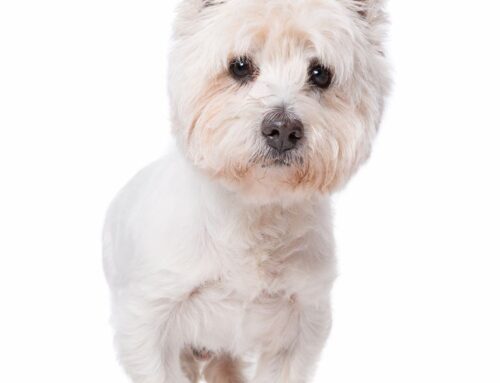

Leave A Comment